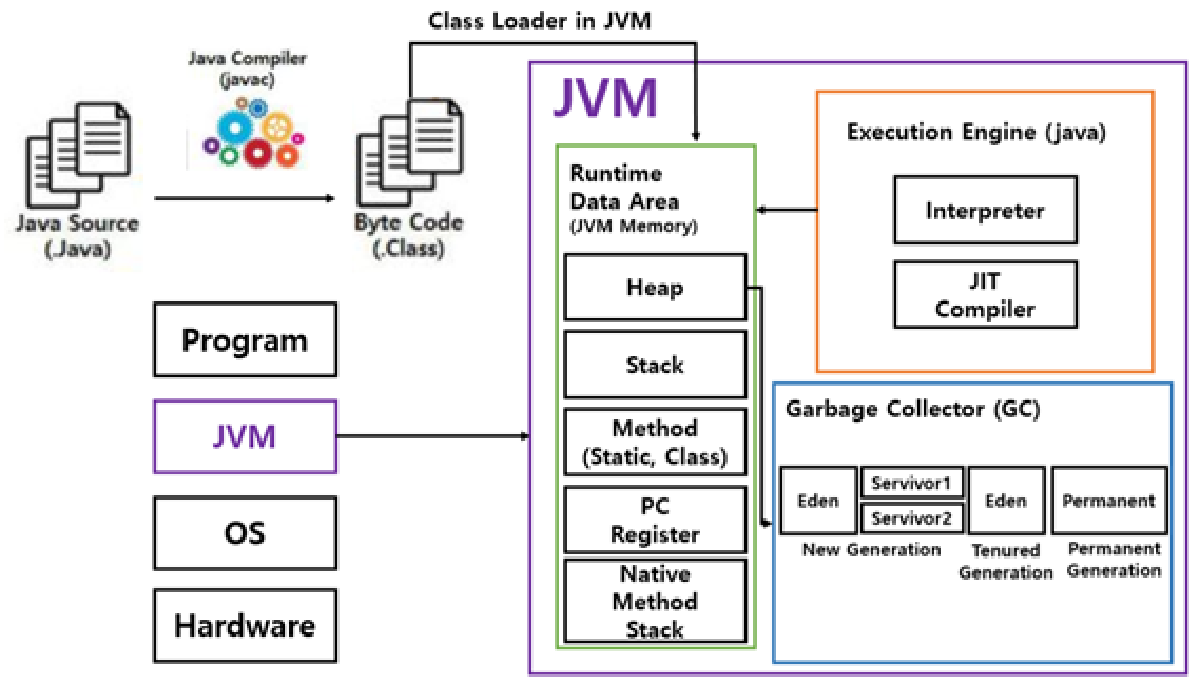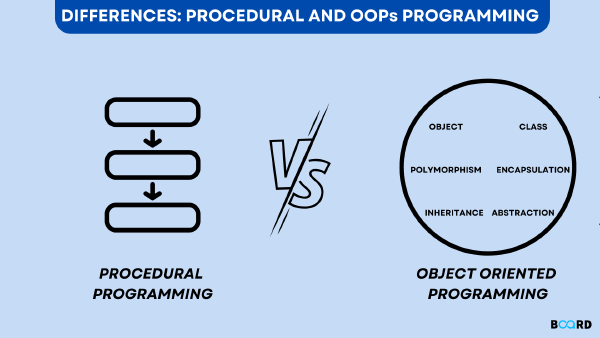While studying the Java language, I became curious about the JVM. I only knew it as a virtual computer that executes the code I write, so I wanted to dig deeper into how it works and what role it plays.
What is JVM?#
An abbreviation for Java Virtual Machine, it refers to a virtual computer environment for running Java.
So what role does JVM play?#
Java is not OS-dependent.
To meet this condition and execute the code we write, something is needed between Java and the OS.
That’s the JVM.
Code Execution Process#
Source code (raw code) *.java must be converted to machine code (010101000101…) for the CPU to recognize it.
So does *.java get directly converted to machine code and executed…?#
No. The *.java file is first converted to java bytecode (*.class) so that the JVM can recognize it.
This conversion process is performed by the java compiler.
The java compiler is javac.exe located in the bin folder when you install JDK.
- You can generate
.classfiles using thejavaccommand - You can execute these
.classfiles using thejavacommand
So now it runs on the OS..?#
At this point, the JVM plays the role of interpreting this bytecode so the OS can understand it.
Thanks to this role of the JVM, Java code written once can be executed regardless of the OS.
Overall Process#
*.java → converted to bytecode form *.class → converted to machine code (binary code) through JIT (Just In Time) compiler

What is JIT (Just In Time) Compiler?#
Also called JIT compilation or dynamic translation.
JIT was introduced to complement the shortcomings of the interpreter approach.
It translates to machine code at the actual execution time of the program.
Performance Characteristics#
- The process of JIT compiler compiling to machine code is much slower than interpreting bytecode, but once executed, it’s fast afterwards
- However, for code that runs only once, it’s advantageous to interpret directly without compiling
JVM using JIT compiler checks how often a method is executed and only compiles when it exceeds a certain threshold.
What is the Interpreter Approach?#
An interpreter translates source code line by line to machine code at each execution, so execution speed is slower than statically compiled languages.
Representative Interpreter Languages#
- Python
- JavaScript
- Database language SQL
Advantages and Disadvantages#
| Category | Description |
|---|---|
| Advantages | Simple program modification |
| Disadvantages | Execution speed is slower than compiled languages |
Compilers translate source code to create executable files, so when program modifications occur, the source code must be recompiled.
If the program is small and simple, there’s no problem, but as the program grows larger, compilation often takes hours.
However, with an interpreter, you just modify the source code and run it, so it’s widely used in programming where modifications occur frequently.


